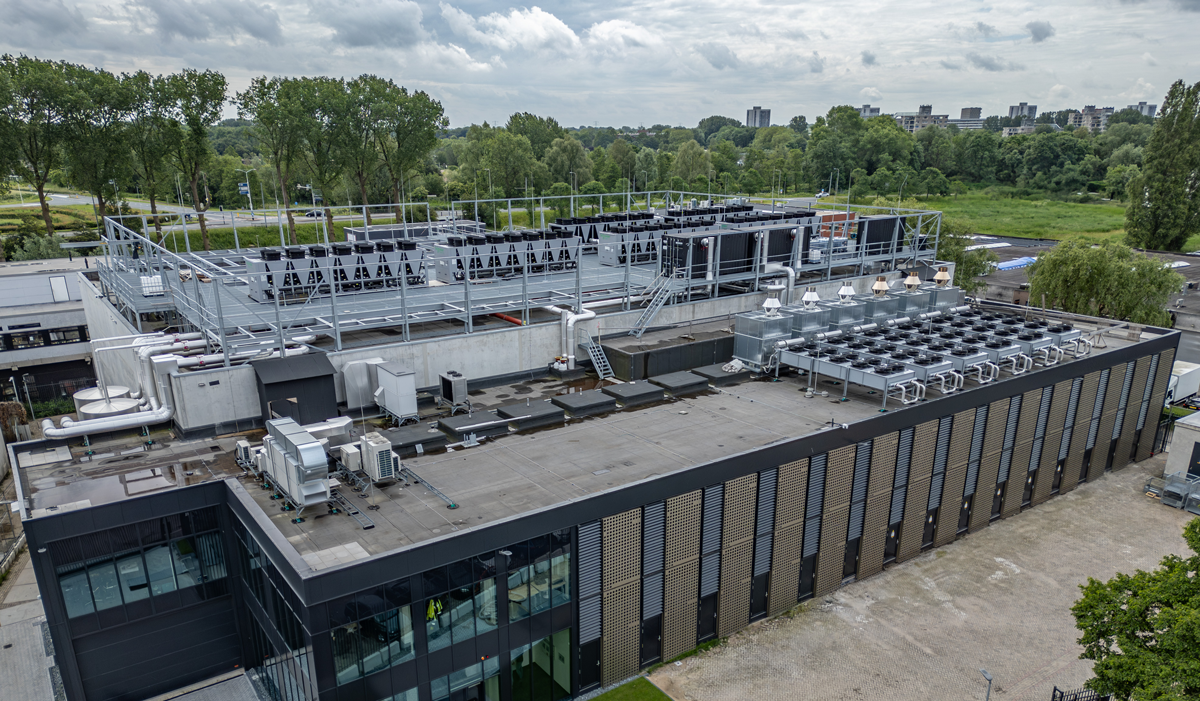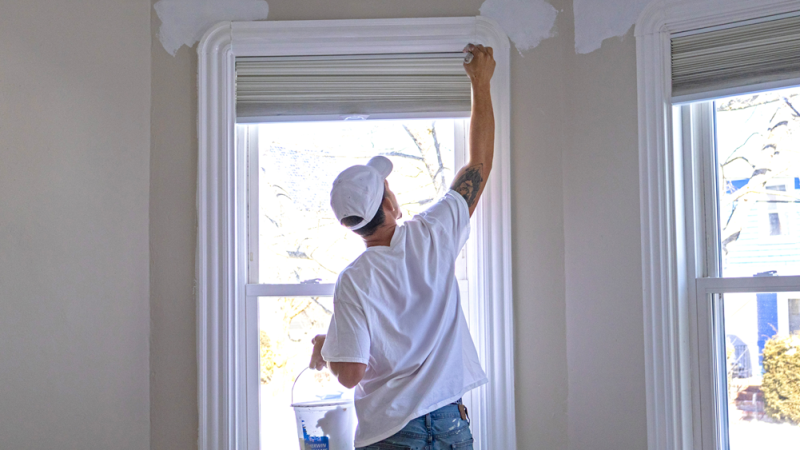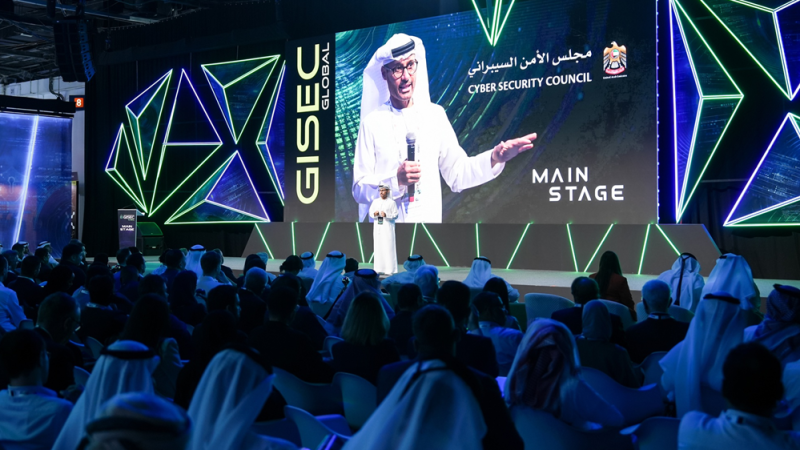The data centre sector is relatively new and rapidly growing, and already it is attracting political controversy. With the growth of e-commerce, cloud computing, and the use of large language models, image generators and other applications that fall under the “AI” umbrella, the need for data storage is greater than ever, but these facilities require space, energy, and water. It is a controversy that Switch DataCenters, an operator and developer of data centres based in Amsterdam, has approached head-on.
Green Heat
As a leader in data centre technology, since Switch DataCenters was founded 15 years ago, Switch Datacenters has always been a pioneer in the sector.
“We were the first to build a water wall in our data centre before that became a well-known solution,” says Edgar Van Essen, Managing Director of Switch Datacenters. “We have always been the leaders on the Amsterdam data centre scene, developing a lot of the kit ourselves.”
It means that Switch is often introducing the latest trends to the sector.
 “It is in our DNA. Our founder and CEO, Gregor Snip, has always been very technology orientated, and the people he has brought onto the team are the same,” Van Essen says. “We take a broader look at what is happening in the industry. Three or four years ago we were talking to hydrogen suppliers about using them as a power source. The circumstances were not correct for full-scale deployment then, but we are always willing to experiment with new and interesting developments that surround our business.”
“It is in our DNA. Our founder and CEO, Gregor Snip, has always been very technology orientated, and the people he has brought onto the team are the same,” Van Essen says. “We take a broader look at what is happening in the industry. Three or four years ago we were talking to hydrogen suppliers about using them as a power source. The circumstances were not correct for full-scale deployment then, but we are always willing to experiment with new and interesting developments that surround our business.”
As the sector has grown at an accelerated rate, that innovation has placed Switch at the cutting edge of the controversy, and it is a role Van Essen embraces.
“With regard to high-tech cooling systems, we are fully aware of the political debate around water usage. Early on we anticipated that liquid cooling would enter data centres on a massive scale as AI tools came onto the market,” he explains. “Five years ago, we were already advocating for the liquid cooling. The reason we are so keen on liquid cooling in the face of this controversy is that we see it as a blessing in disguise.”
Liquid cooling allows for much more densely packed data centres and for more power to be used per square metre. But the real boon liquid cooling grants comes when you take all that excess heat and, rather than blowing it out the window, you capture, direct, and use it.
“It is not a waste product. It is green heat, a sparse product with no fossil fuel involved in creating it,” Van Essen points out. “Green cooling methods can create temperatures of up to 55 degrees Celsius. That is an economically viable level, transforming serves that run on green power into green heat plants. Switch Datacenters calls this scarce source of green heat ‘datathermie’ or datathermy, which can be combined in a fossil fuel free heated municipal heat network with other real fossil free heat like geothermal heat and aquatermal heat and can massively help municipalities to deliver on their promises to move away from gas and other fossil fuel heated municipal heat networks.”
A Box in a Box
This solution is emblematic of the approach Switch has taken from the beginning, focusing on efficiency, innovation, societal change, energy transition and letting nothing go to waste.
“We have been innovating for many years to find solutions that lower our Opex and create greater efficiency,” Van Essen says.
Starting out as a retail colocation company, Switch Data Centers’ defining breakthrough came when a big hosting firm asked them to build a data centre to its specific requirements. Switch took the decision to repurpose an old logistics hall, making re-use of its existing concrete slab foundation and central location while circumventing a lot of the permitting processes required to build a centre from scratch.
“We essentially built a box in a box,” Van Essen tells us.
It was a trick Switch Data Centers would pull again, many times over.
“We are now very experienced at turning logistics halls into data centres. It helps us gain speed in construction while severely minimising our ESG impact,” Van Essen says. “We do not use all new building materials, we do not have to lay a new concrete slab, which can be as much as half of your ESG impact. It makes us faster and greener than those building new data centres from scratch.”
Switch has expanded on this strategy by purchasing powered logistics halls in prime locations across Amsterdam, leaving the company well-positioned to meet future demand, particularly in the wholesale data sector.
“Many brands in Amsterdam have trouble finding new sites, so we are filling that gap thanks to our well-experienced building methods and highly skilled construction team,” Van Essen tells us. “That is working for us. We do everything ourselves, working with well-known local players and a well-established supply chain over many years.”
 A Proudly Dutch Operation
A Proudly Dutch Operation
It means that Switch Data Centers is able to meet the major demand of hundreds of MW’s that its competition is struggling to keep up with. But there is more to it than speed and resource efficiency.
“Our competition cannot build fast enough and are not agile enough, which is a huge part of the opportunity for us,” says Van Essen. “That is combined with our local approach and our local way of dealing with municipalities. We are better able to understand local politics, meet government requirements for permits, and arrive at creative solutions. There is less friction because we are local and know the local rules. At the moment we have over 4 new locations and more than 200MW+ under development in Amsterdam alone and will lauch AMS6, a 25.000sqm site 5 kilometers from the major internet hub at Schiphol airport with initially 60MVA /45MW in 2026 and more to come” “’ we do provide capacity and colocation in Amsterdam where others simply fail to grow and can guarantee sufficient capacity growth to our top 5, high end customers and power hungry AI firms.”
Switch also serves local companies, alongside its big hyperscale clients.
“next to building for the top customers in the world, we also serve local banks and other local companies. We are 100% Dutch-owned, and that is important to us,” Van Essen says.
Right now, Switch is working closely with local municipalities, not just to meet their permitting requirements, but to offer them the opportunities Switch’s green heat facilities provide.
“The heat grids in the Netherlands have CO2 reduction targets, and if you want to be truly carbon neutral you need an influx of green heat,” Van Essen lays out. “If we can provide that for free, people want that. They are not looking for grey heat generated by fossil fuels. We foresee green heat will be a major differentiator where heat grids are being planned.”
The Netherlands are engaged in a large-scale transition towards green fuel, placing Switch in line with the national agenda of heating homes without fossil fuel.
“We should maybe change our name to Switch Green Heat Plants instead of Switch Datacenters!” Van Essen remarks. “We do not just innovate with our technology; we also innovate with our ”go to market models”, our plans and business ideas. I see very few data centres with such a broad perspective on innovation. Our story is one I do not see often. We are a truly next-generation data centre company, with a completely fresh societal perspective on data centres.”
Looking forward, Switch is preparing for its next phase of development, refinancing to open up resources for much bigger plans, including three projects that total at least 200 Megawatts in Amsterdam as well as actively studying to enter foreign markets in the near future .
“We have just bought a very large logistics hall in the middle of some greenhouses around Amsterdam, only five miles away from the airport,” Van Essen tells us. “We deliberately brought that plot in the middle of the greenhouses to directly deliver green energy to the greenhouse owners. We are now starting to show these sites to the hyper scalers and forward looking brands that want to be genuinely green, not just implement a greenwash. We are looking to work with innovative, forward-looking companies that really want to be sustainable and to change the current negative perception of datacenters into a large scale green heat source which contributes to a cleaner and greener society.”







